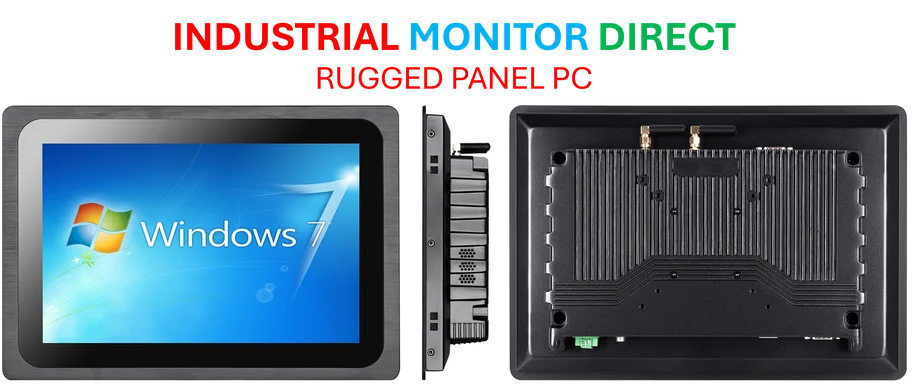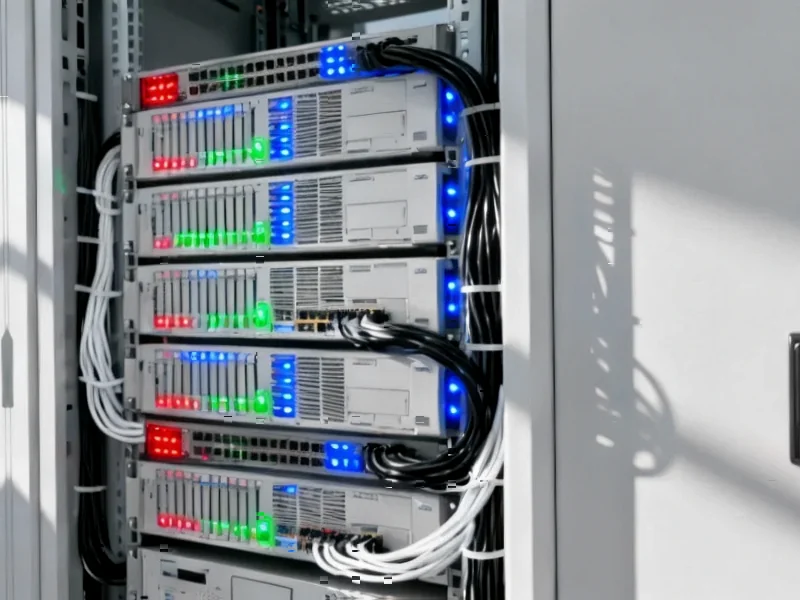According to Guru3D.com, leaked Cinebench R23 results for Intel’s upcoming Panther Lake laptop processors show the mid-range Core Ultra X7 358H achieving approximately 20,000 points in multicore tests, while the Ultra 5 338H scores roughly 20% lower at around 16,000 points. These early benchmarks, detailed in performance analysis from Laptopreview Club, indicate the 358H runs about 10% slower than the older Core Ultra 255H when both operate at 60-65 watts. The reports suggest Intel is prioritizing graphics power and AI capabilities over raw CPU performance, with the integrated Xe3 iGPU rumored to offer performance comparable to an NVIDIA RTX 3050. These preliminary results could reflect pre-release hardware or conservative power settings that might improve with final BIOS and driver optimizations.
The CPU-GPU Balance Calculus
What we’re witnessing with Panther Lake represents Intel’s most significant architectural recalibration in years. The company appears to be deliberately reallocating thermal and power budgets within the same package envelope, shifting resources from traditional CPU cores to the integrated graphics subsystem. This isn’t merely about performance-per-watt optimization—it’s a fundamental recognition that modern laptop workloads have evolved beyond CPU-centric computing. The thermal design power (TDP) envelope remains constant, but the distribution between compute units is being dynamically rebalanced based on emerging usage patterns where AI inference and graphics acceleration are becoming increasingly critical to the user experience.
The Technical Implications of Integrated Graphics Advancement
The rumored Xe3 iGPU performance approaching RTX 3050 levels represents a monumental achievement in integrated graphics technology. Achieving discrete GPU-class performance within an integrated solution requires sophisticated packaging innovations, including potentially advanced 3D Foveros packaging and hybrid bonding techniques that allow for denser interconnects between the compute tile and graphics tile. The engineering challenge involves managing thermal density across the package—while CPU cores generate intense but localized heat spikes, GPU workloads distribute thermal load more evenly but across a larger silicon area. This thermal management complexity likely explains some of the apparent CPU performance regression, as the system must maintain thermal headroom for sustained GPU performance without triggering throttling scenarios.
Intel’s Strategic Positioning in the AI PC Era
Intel’s apparent performance trade-off reflects a calculated bet on the emerging “AI PC” market segment. By enhancing the integrated graphics subsystem to handle AI inference workloads efficiently, Panther Lake could deliver compelling AI acceleration without requiring discrete NPUs or additional silicon. This approach differs significantly from competitors who are adding dedicated AI accelerators—Intel appears to be leveraging their graphics architecture as a multipurpose compute engine. The strategy makes particular sense for the thin-and-light laptop segment where every square millimeter of PCB real estate and milliwatt of power budget carries premium value. If the Xe3 iGPU can genuinely deliver both gaming-grade graphics and AI acceleration, Intel may have created a more versatile solution than dedicated AI accelerators that sit idle during traditional computing tasks.
Understanding the Performance Regression Context
The reported 10% regression compared to previous-generation parts operating at similar power levels deserves careful interpretation. Modern processors employ sophisticated power management that dynamically allocates resources between different compute units based on workload characteristics. In a balanced system design, some regression in pure CPU benchmarks might be acceptable if it enables substantially better performance in mixed workloads that leverage both CPU and GPU resources simultaneously. The more relevant metric for Panther Lake’s success will be its performance in real-world applications that utilize heterogeneous computing—tasks like video editing, AI-enhanced photo processing, and modern gaming engines that distribute work across multiple compute architectures within the same chip.
The Road Ahead for Mobile Computing Architectures
Panther Lake’s architectural choices signal where Intel believes the mobile computing market is heading. The emphasis on integrated graphics performance at the potential expense of pure CPU metrics suggests a future where the CPU becomes just one component in a heterogeneous computing fabric rather than the central processing unit in the traditional sense. This evolution mirrors what we’ve seen in smartphones, where application processors have long balanced CPU, GPU, and specialized accelerators. For consumers, the success of this strategy will depend on whether software ecosystems rapidly adopt heterogeneous computing models that can leverage these architectural changes. If applications remain predominantly CPU-bound, Panther Lake might disappoint; if developers embrace GPU computing and AI acceleration, Intel’s bet could pay substantial dividends.




